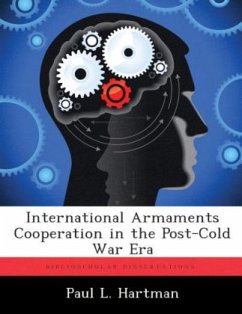During the height ofthe Cold War, the United States Department of Defense had a focused acquisition effort to produce major weapons systems. These weapons systems were developed as single service acquisition efforts. Their high costs were justified by their sophisticated technology, which enabled the U.S. military to gain and maintain air and ground combat superiority. Such acquisition practices significantly increased the defense budget, which peaked in 1985 at $414 billion. However, with the collapse of the Soviet Union and an absence of a single galvanizing threat to global security, the U.S. has been forced to drastically cut defense spending. Although there is no longer a central security concern for the U.S., there are new threats that require new defense objectives-- and containing these threats is not cheap. Senior defense leaders agree that the U.S. policy of fielding technologically superior weapon systems will not change. What alternative, then, will effectively enablethe U.S. to meet reduced spending goals, yet maintain current national security levels? This thesis suggests that international armaments cooperation is one such alternative.








